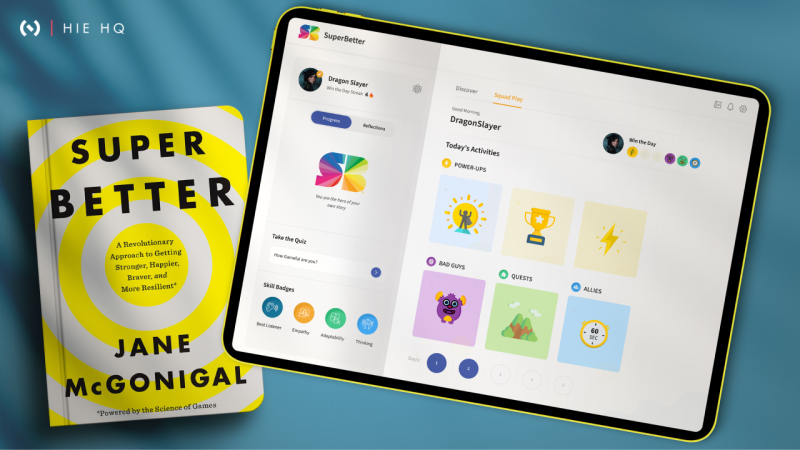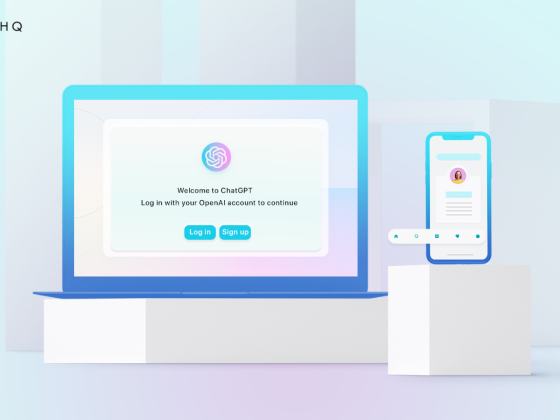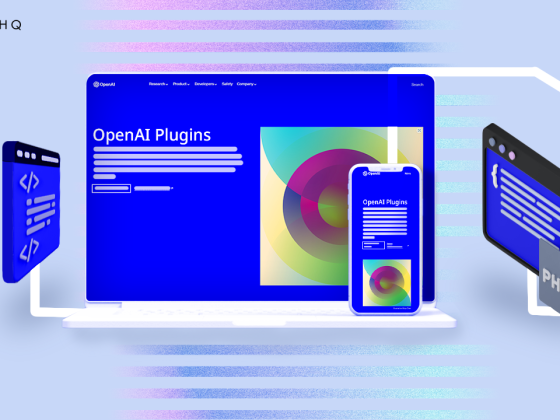If we need to survive all our mental health issues till the next decade on this planet, gamification could be the solitude that could help us escape time.
Sounds fascinating?
Well, keep on reading to check how this process relates to you!
According to WHO reports, approximately 13% of the world’s population suffers from mental health issues, with 1 out of 8 people having a mental illness.
The main reason behind people dealing with mental health issues is the fear of not being able to be a part of the social fabric. This situation forces people to suffer from major mental stress and anxiety.
Although many proven methodologies and therapies are flooded worldwide that claim to relieve people of their mental health trauma, the term “gamification” has cut its path through all essential mental health programs.
According to the Expresswire report – The global gamification market will size up to USD 9520.42 million in the year 2022 and is expected to expand in terms of CAGR up to 12.66% by 2028. The growth of the gamification market size can be witnessed across APAC, Europe, North America, South America, the Middle East, and Africa.

As per Juniper research, there are 3.09 billion players worldwide, and 90% of the folk claim to have a better success rate at their workplace when they use gamification applications to deal with mental stress. According to Epsos data, 66% of respondents claim that games help them unwind, relax, decompress, and tackle real-life problems efficiently.
With so many mental health gamification applications mushrooming all over the globe, SuperBetter has ingrained its position among the end users.
Boost your mental resilience by being a squadplayer
The central ideology behind this application is applying game science to solve real-life problems and boost mental resilience. The sole objective of SuperBetter is to witness industries and the crowd they serve – come out of the vicious circle of mental health traumas. This Application invites users to tackle quests similar to real-life scenarios, set their goals, create their own squads, battle bad guys and track and review their achievements. It has various categories that help the players understand the game challenge. For example, ‘power-ups’ are antidotes that can make a user feel better, it spikes positive emotions as well, ‘quests’ enable a person to track daily and weekly goals, ‘bad guys’ depict fighting bad habits and overcoming negative mindsets, ‘allies’ represent the strong social relationships and ‘future boosts’ reflect your future aspirations.
In other words, SuperBetter motivates all its users to achieve something marvelous in their lives, something that helps them to become the best version of themselves.

How SuperBetter Evolved To One Of The Best Mental Health Gamification Applications With Hie HQ
“Well, it’s not as easy as it sounds.”
Our expert team worked on figuring out the possibilities of redesigning and developing the application uninterruptedly. Although there were many loopholes we had to work on, here are some of them to name:
1. Redesigning a modern version of SuperBetter app from scratch.
Originally, the SuperBetter app was designed and easy for users to track their mental health progress, set goals, and work on their weaknesses. The original app had an antiquated design which was difficult to use and lacked the latest trends. Since it was a well-established application with multiple users, it was quite challenging to redesign it from scratch using modern user interface principles and designs. While dealing with the application-building process, the product demanded revamping the backend code to be more scalable and efficient.
2. Incorporating multiple compliances and security requirements.
Since it was a global application, we had to incorporate multiple compliance and security requirements into your design. We had to ensure that the revamped product was in line with all sorts of data protection privacy and regulations.
3. Data Migration of millions of users from the old database to the new one.
Migrating millions of users from an old database to a new one is a complex and time-consuming task. We had to consider endless factors, including the data’s size and structure, the compatibility requirements between the two databases, and the expertise required to carry out the migration.
Our Methodology:
We didn’t want to create just an application; we wanted the Application to be the reason for change the world would love to witness. So we were very cautious at every individual step of our design-development process.
Scrounge below to continue learning about our journey:
1. Mind mapping and brainstorming:
For us, mind mapping and brainstorming were essential to the design process. To create new features and functionality, we created a visual representation of the user journey and flow
and brainstormed ideas for them. Through this process, we ensured that all design elements aligned with the application’s overall goals and objectives.
2. UX design:
After the research was completed,the next step in the redesign process was designed using some of the best UX practices. It involved creating an intuitive and easy user experience while providing all the necessary functionality. In other words, our UX design focused on creating a layout that is aesthetically pleasing and consistent with the brand’s guidelines.
3. User flow and wireframes:
We constructed a visual representation of the user journey and wireframes to demonstrate how the Application will interact with the users. By aligning all design elements with the user’s expectations, we were able to ensure that they met the needs and expectations of the user.
4. UI design and testing:
Following creating the user flow and wireframes, we built and tested the UI design. It involved creating an aesthetic, easy-to-use layout that conforms to the brand
policies. In addition to creating an intuitive user interface, it also involves testing the user interface to ensure it works properly.
5. Graphic elements and UI interface:
“Graphic elements were the essence of our entire design process.”
We built agile visuals, such as icons and buttons, along the same lines as the Superbetter brand. In other words, our UI interface was much more user-friendly and innate.
6. Prototype:
The final milestone in our design process was constructing a prototype. It centered around creating a working application version we could test and iterate on.
7. Development
After endless sessions of venturing into how to build the Application with sturdy architecture,
SuperBetter was built in Swift and Kotlin with Node for the backend, React for the front end, MySQL for data storage, and AWS as our primary platform provider. It gave us great flexibility when iterating on the design while keeping our codebase stable.
8. Testing – QA, Security & Compliances
QA verifies whether the product meets all security, legal, regulatory, and contractual requirements. It reviews and reports findings on any issues uncovered during testing.
We wanted to ensure that the SuperBetter Application complied with all rules and worked without any bugs or glitches. That’s where we arrived at the final stage of our process – testing.
The convoluted process lasted up to 20 weeks, and we finally built the best version of the application that became a delight for worldwide end users. We are currently working on launching the second phase of the application.
In the meantime, here is the result of our uphill battle with the application development process:
- The platform gathered over a million users.
- Users found the in-app navigation to be super simplified.
- Attracted investors & secured its seed funding.
- Turned out to be one of the Leading Mental Healthcare Applications in the US
- Its app stories were detailed & covered by several major publications across the US.
Hie HQ As Your Product Partner

“A product can either make your business or ruin it.”
It’s an open secret that if your product does not level up to the marketing standards or isn’t something out of the box, your business will surely slide down over the industrial rainbow.
And you certainly don’t want to be next on the list, do you?
You can line up clients and users for your product by choosing us as your product partners. Our expert designers and engineers can co-work with you to address the project pain points and bottleneck challenges. Be it mental health, fintech or any latest technological product solution, we cover them all.

FAQs
1. What is the timeline for developing a mental healthcare application?
Depending upon the complexity of the application, the design may take up to 12 weeks, and the development phase lasts up to 20 weeks. Both design and development can be achieved within a timeframe of 20 weeks by putting multiple teams in parallel to each other.
2. What are the major factors affecting the overall app development process and costs?
Factors like features and functionalities, the complexity, app design, scale of the app, security and compliance requirements, QA efforts, etc., affect the application development process and costs.




